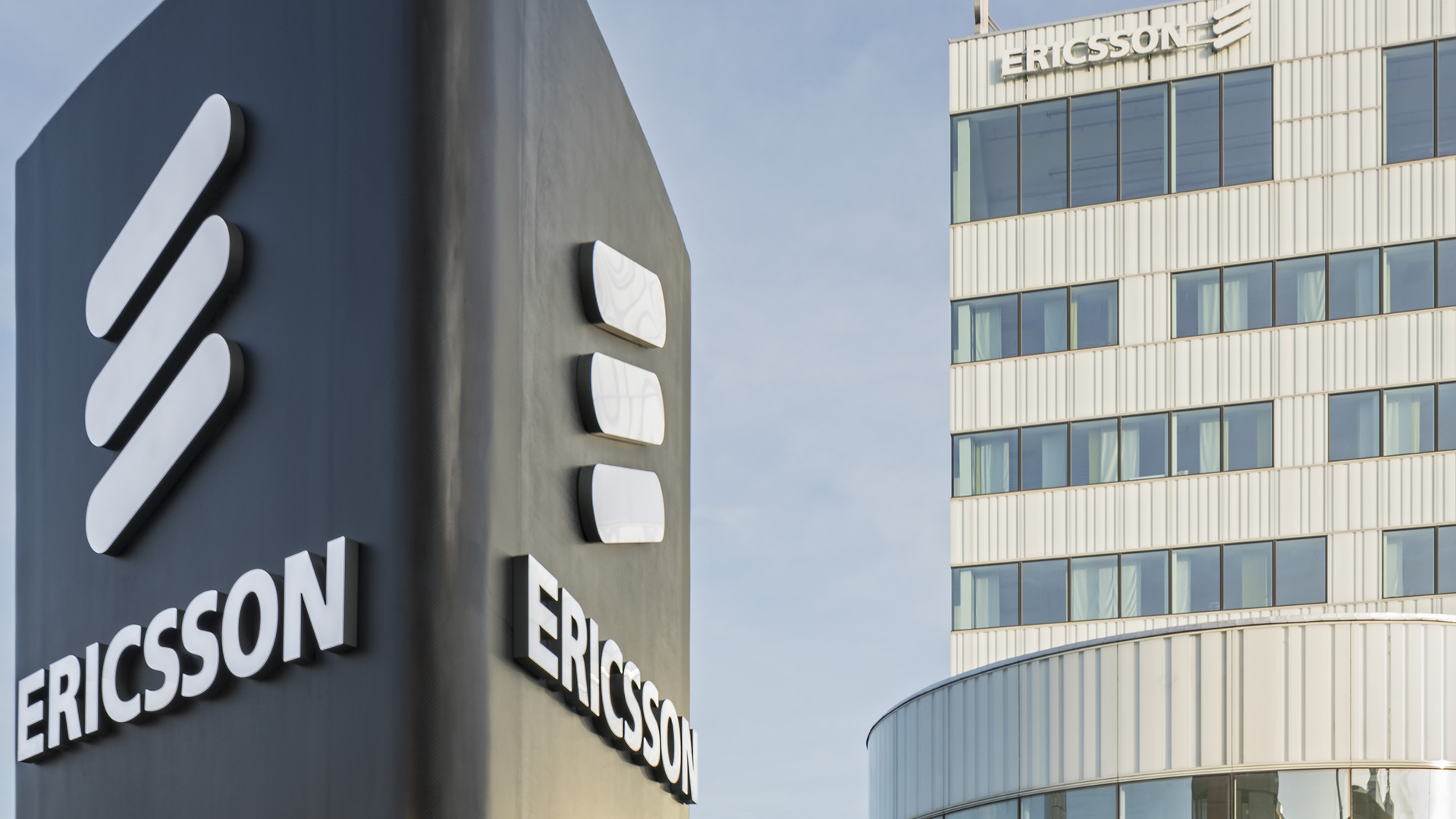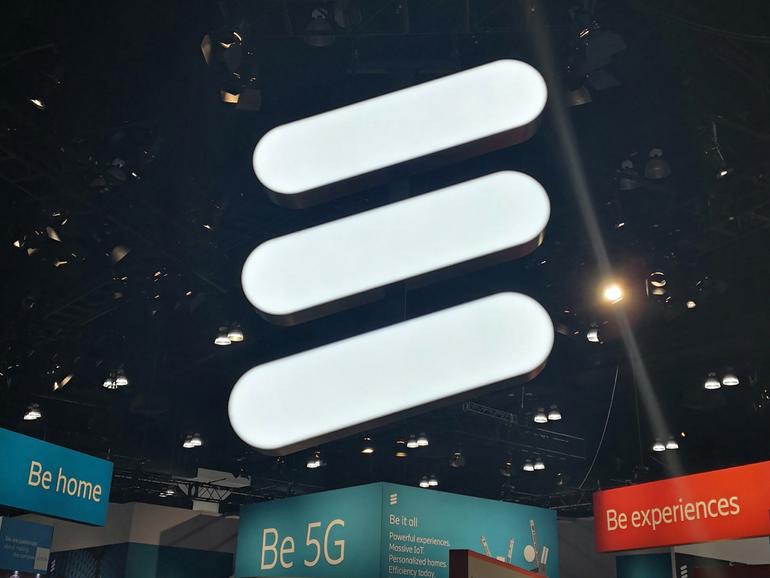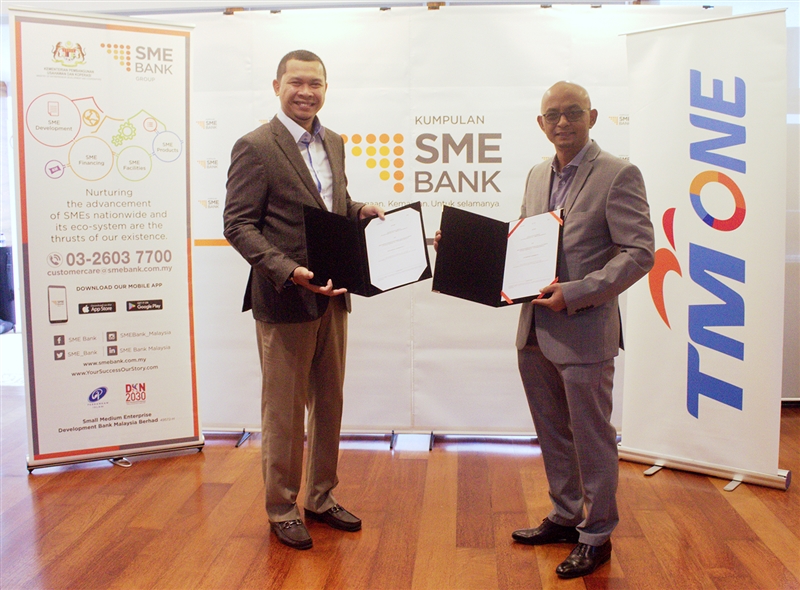
 Ericsson projects that four out of every ten mobile subscriptions in 2026 will be 5G. This forecast is included in the latest edition of the Ericsson Mobility Report. Current 5G uptake in subscriptions and population coverage confirms the technology is deploying the fastest of any generation of mobile connectivity. The report estimates that by the end of 2020, more than 1 billion people – 15 percent of the world’s population – will live in an area that has 5G coverage rolled out. 220 million global 5G subscriptions are also expected by the end of this year.
Ericsson projects that four out of every ten mobile subscriptions in 2026 will be 5G. This forecast is included in the latest edition of the Ericsson Mobility Report. Current 5G uptake in subscriptions and population coverage confirms the technology is deploying the fastest of any generation of mobile connectivity. The report estimates that by the end of 2020, more than 1 billion people – 15 percent of the world’s population – will live in an area that has 5G coverage rolled out. 220 million global 5G subscriptions are also expected by the end of this year.
In 2026, 60 percent of the world’s population will have access to 5G coverage, with 5G subscriptions forecast to reach 3.5 billion, estimated to account for more than 50 percent of mobile data traffic at that time. In South East Asia and Oceania, 5G is predicted to be the second most popular technology in 2026, only behind LTE, surpassing 380 million subscriptions and accounting for 32 percent of all mobile subscriptions.
In South East Asia and Oceania, total mobile data traffic continues to grow steadily with a compound annual growth rate (CAGR) of 33 percent for the forecast period. It is expected to reach 32EB per month in 2026, equivalent to 33GB per month per smartphone. Growth in mobile data consumption has translated into more diversified and generous data plans from mobile operators across different geographies.
The second half of this year has also seen a number of commercial 5G launches in South East Asia and Oceania with live networks now in Australia, New Zealand and Thailand. Upcoming spectrum auctions planned for 2021 in countries like Vietnam and Malaysia will bring additional 5G deployments next year.
Fredrik Jejdling, Executive Vice President and Head of Networks, Ericsson, says: “This year has seen society take a big leap towards digitalization. The pandemic has highlighted the impact connectivity has on our lives and has acted as a catalyst for rapid change, which is also clearly visible in this latest edition of the Ericsson Mobility Report.
“5G is entering the next phase, when new devices and applications make the most out of the benefits it provides, while service providers continue to build out 5G. Mobile networks are a critical infrastructure for many aspects of everyday life, and 5G will be key to future economic prosperity.”
David Hagerbro, Head of Ericsson Malaysia, Sri Lanka and Bangladesh, states, “Even as we prepare for the introduction of 5G in Malaysia, momentum continues in the build-out of 4G (LTE) networks in Malaysia and globally. Global 4G population coverage will be over 80 percent at the end of 2020 and is forecast to reach around 95 percent in 2026. 4G networks are also evolving to deliver increased network capacity and faster data speeds. 5G with its benefits of low latency, high data speeds and reliability, will help service providers in Malaysia manage the growing data traffic more efficiently in the initial phase and accelerate the realization of targets for the National Digital Network (Jendela). Over time, 5G will provide opportunities for more country specific consumer and enterprise related 5G use cases. The commercial introduction of 5G in Malaysia will help accelerate the development of local consumer and enterprise related 5G applications and will allow communication service providers and the ICT industry in Malaysia to grow.”
The Ericsson Mobility report highlights why 5G success will not be limited to coverage or subscription numbers alone. Its value will also be determined by new use cases and applications, the first of which have already started to emerge. Critical IoT, intended for time-critical applications that demand data delivery within a specified time duration, will be introduced with 5G networks. This will enable a wide range of time-critical services for consumers, enterprises and public institutions across various sectors, with 5G public and dedicated networks.
Cloud gaming is another emerging application category. The combined capabilities provided by 5G networks and edge computing technologies will enable game streaming services on smartphones to compete with a quality of experience (QoE) that is on par with PC or console counterparts, opening up for innovative, immersive games based on mobility.
According to the new Harnessing the 5G Consumer Potential report from Ericsson ConsumerLab, the 5G consumer market could be worth USD31 trillion (MYR126.25 quadrillion) by 2030 globally, with communications service providers (CSPs) earning USD3.7 trillion (MYR15.07 trillion) of that total – a figure that could increase further as new adjacent digital services opportunities arise.
In South East Asia and Oceania, the report estimates that CSPs could earn USD297 billion (MYR1.21 trillion) in 5G-enabled consumer revenues by 2030. 5G broadband services market will be worth nearly USD229 billion (MYR932.6 billion) by 2030. 79 percent of the total service provider 5G digital services revenue, estimated at USD7.5 billion (MYR30.5 billion) by 2030, will be driven by enhanced video and HiFi music. 5G digital services include video, music, gaming, augmented/virtual reality and consumer IoT services.
